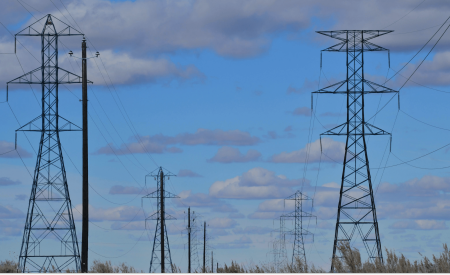We enable you to make better decisions about your energy operations.
Utility planning for industrial energy users
The concept of industrial symbiosis is that various industrial processes benefit from each other’s presence. Key in being able to make waste streams useful is a clever utility planning. Or as we like to state: waste + plan = feedstock.
Industrial symbiosis saves raw materials and energy, minimizes emissions, cuts logistics costs and exploits synergies. The concept can be applied to multiple sites being connected, as well as having dependencies in internal processes. An interesting example of this concept is the “Verbund” mindset of our client BASF.
Utility planning as a driver for industrial symbiosis
On complex industrial sites the primary production processes and energy & utilities processes are strongly interconnected. Most obviously, the demand for energy and utilities is dependent on the intensity of the production process. An accurate translation of production planning to energy and utilities demand is therefore key to avoiding excess energy generation. Where excess electricity can be fed into the national grid, excess steam and utilities are often wasted – check this infographic on creating value of excess steam.
There are several ways of improving your energy and utility planning:
- Assuming the translation of production plans to energy demand is accurate, the starting point is to create insight in the accuracy of the demand plans of individual plants;
- Creating awareness of these numbers will often lead to a natural improvement in accuracy;
- Next, ex-post analysis of plan data versus actual demand can indicate structural deviations, which can be accounted for in the planning process;
- Finally and when applicable, you can use advanced algorithms to create demand forecasts based on weather data and other relevant parameters.
How your utility planning is affected by heat and waste streams
If your operation contains exothermic processes and/or useful waste streams, utility planning becomes more interesting and complex. You can feed waste heat of exothermic processes back into the steam network, while combusting waste streams in boilers to generate ‘free’ steam.
If production plans fluctuate heavily over time, so will waste streams and energy demand. Key in these situations is to smartly combine all relevant parameters to reach the most optimal planning. One example is to schedule maintenance activities in periods when less waste streams are expected, in an attempt to match a reduced flow of free steam with reduced demand.
Improve your utility planning
Contact Thomas Crabtree via +31 6 3085 2747 to discuss your planning challenges, or contact Energy21.


 Close
Close 
.jpg?resolution=450x275&quality=95)

